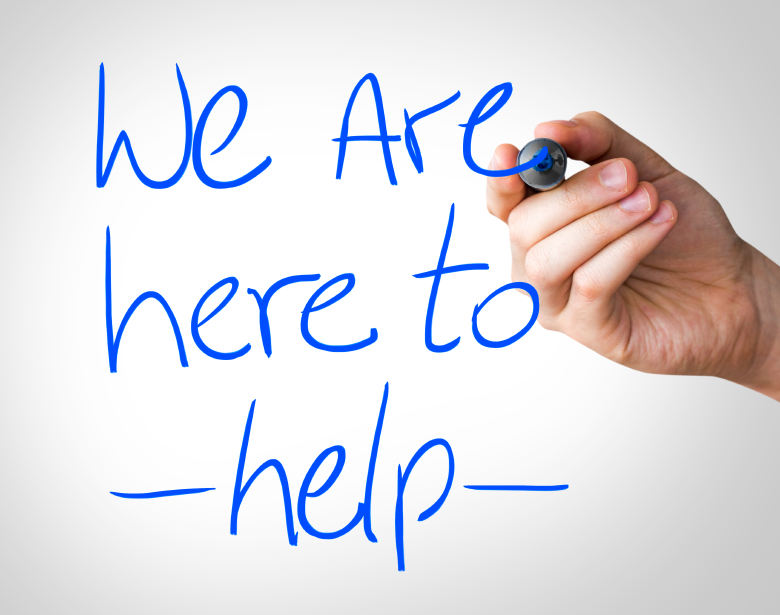The phrase “drinking from a fire hose” is appropriate for most federal government agencies as they try to keep up with new technology. It’s hard to track which technologies have been developed, hard to distinguish the differences in competing technologies and, often, hard to evaluate what specific value new technologies can bring to a government setting.
There’s no question that constituents expect the federal government to be tech-savvy. As noted in the Digital Government Strategy, a primary objective of the federal government is to “enable the American people and an increasingly mobile workforce to access high-quality digital government information and services anywhere, anytime, on any device.”
For citizens and businesses, this usually means that they expect government services to be available 24/7 and to be easy to navigate on virtually any device. Because of those customer expectations, government has no choice but to wade into the ever-changing and sometimes-confusing stream of new technologies.
To simplify the process, federal agencies might first consider the two primary uses of new technologies in government: to solve existing problems and to provide better service.
Using Technology to Solve Problems
Many agencies find, over time, that the methods they’ve employed to meet certain goals or fulfill certain purposes no longer are effective. They may have become too expensive, prone to error or too slow. Newer technologies – particularly coupled with creative thinking about methodologies that new technology makes possible – can help agencies address these issues.
An excellent example of leveraging new technology to solve real problems is the National Oceanic and Atmospheric Administration’s use of drones. NOAA recently has been using small drones to track and count various marine animals. The drones not only allow NOAA to collect more accurate information than it can get from spotters with binoculars, but also provide additional data, such as the altitude from which the photos were taken, so that comparisons with other images can be better analyzed.
Enlisting the public to use technology also can solve problems for government. The EPA and some local jurisdictions provide the ability for citizens to quickly report possible pollution incidents via a mobile app. Agencies can benefit from this type of citizen reporting because, for only the cost of developing an app and creating a structure for receiving information via the app, they reduce or eliminate the costs of buying, maintaining and upgrading equipment.
Using Technology to Provide Better Services
New technologies also can help federal agencies better meet their constituents’ needs with improved services.
At one time, for example, losing a vehicle registration meant a long wait at the DMV and possibly multiple visits to resolve the issue. Now, many people can simply log onto a state website and obtain a replacement registration either immediately or within a few days through the mail. This type of technology-enabled self-service can speed up data collection, enhance transparency, free up staff to attend to other projects and tailor information to the groups or audiences that need it.
Sometimes, technology enables agencies to provide entirely new services they had never even considered. The Federal Aviation Administration’s recently implemented online drone registration system is one such example. It is hard to imagine an effort like this that would be effective if it required individuals to go into government offices to register their drones. The public just assumes that these types of services will be primarily handled over the Internet.
Implementing New Technologies
Evaluating new technologies based on their abilities to solve problems or enhance government services makes it much easier to identify and focus on the technologies that truly will bring value. That’s not to say that government agencies should rush to implement the latest and greatest without a measured approach. Every exploration of new technology should start with a proof of concept that allows a government agency to minimize its equipment investment and determine the technology’s capabilities before moving to a broad-based rollout.
The pace of innovation and government’s unique security needs can present challenges to federal agencies as they work to determine which technologies can deliver the greatest value. Yet, keeping pace with technology is essential if government wants to reduce costs, ramp up productivity and meet constituent expectations. Focusing first on solving existing problems and delivering better services slows the flow from the fire hose and establishes a foundation for a thoughtful approach to technology implementation.




Leave a Reply
You must be logged in to post a comment.